 |
 |
 |
 |
|
|
|
|
|
|
|
|
|
|
|
|
|
|
|
|
|
|
|
|
 |
Allahabad Triveni
|
|
|||
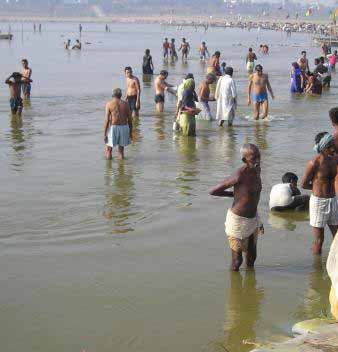
Allahabad is an extremely important and integral part of the Ganga Yamuna Doab, and its history is inherently tied with that of the Doab region, right from the inception of the town. The city was known earlier as Pray?ga - a name that is still commonly used. |
|||
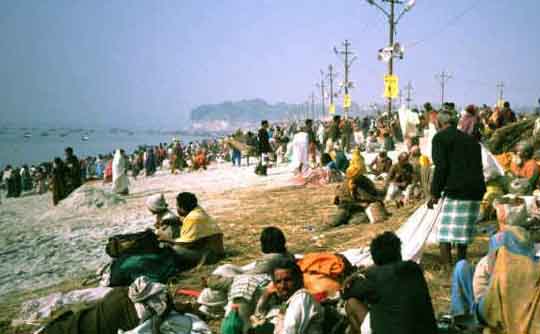
When the Aryans first settled in what they termed the Aryavarta, or Madhydesha, Prayag or Kaushambi was an important part of their territory. The Vatsa (a branch of the early Indo-Aryans) were rulers of Hastinapur, and they established the town of Kaushambi near present day Allahabad. They shifted their capital to Kaushambi when Hastinapur was destroyed by floods.
|
|||
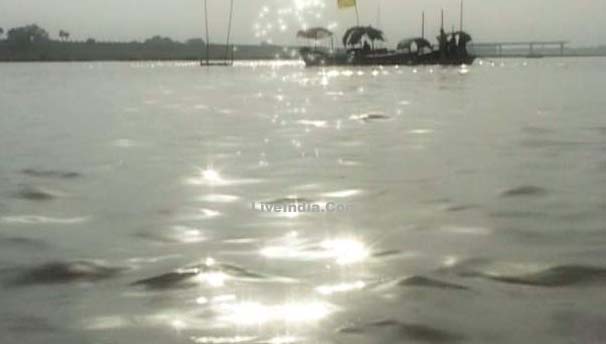
In the times of the Ramayana, Allahabad was made up of a few rishis' huts at the confluence of the rivers, and much of what is now central/ southern Uttar Pradesh was continuous jungle. Lord Rama, the main protagonist in the Ramayana, spent some time here, at the Ashram of Sage Bharadwaj, before proceeding to nearby Chitrakoot. 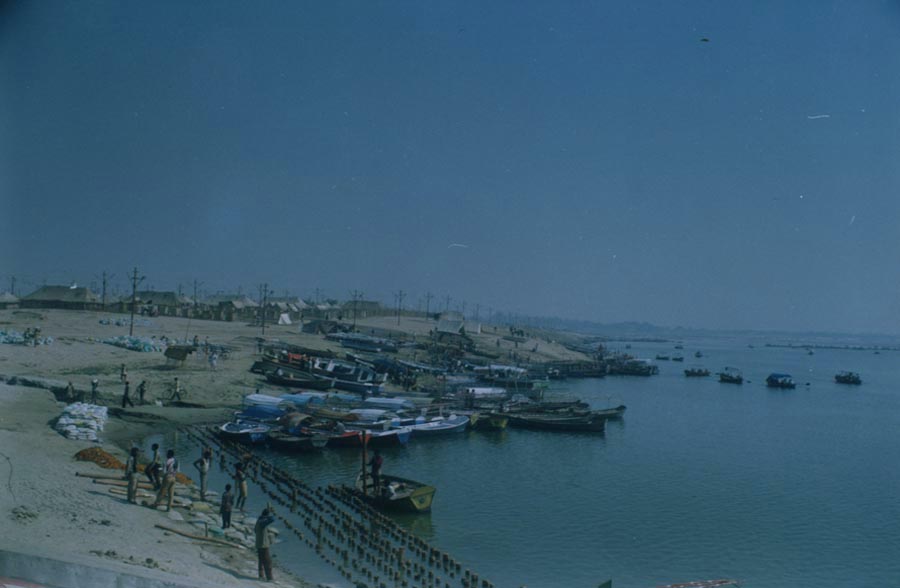
The Doaba region, including Allahabad was controlled by several empires and dynasties in the ages to come. It became a part of the Mauryan and Gupta empires of the east and the Kushan empire of the west before becoming part of the local Kannauj empire which became very powerful In the beginning of the Muslim rule, Allahabad was a part of the Delhi Sultanate. Then the Mughals took over from the slave rulers of Delhi and under them Allahabad rose to prominence once again |
|||
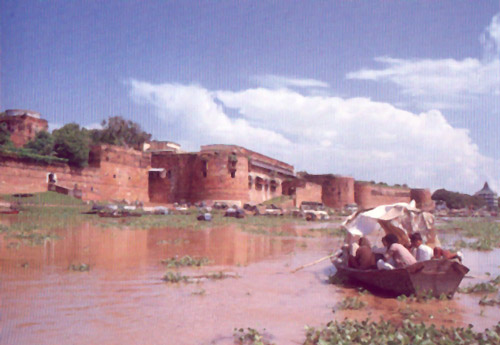
Acknowledging the strategic position of Allahabad in the Doaba or the "Hindostan" region at the confluence of its defining rivers which had immense navigational potentials, Akbar built a magnificent fort on the banks of the holy Sangam and re-christened the town as Illahabad in 1575. The Akbar fort has an Ashokan pillar and some temples, and is largely a military barracks. On the southwestern extremity of Allahabad lies Khusrobagh that antedates the fort and has three mausoleums, including that of Jehangir's first wife – Shah Begum. Before colonial rule was imposed over Allahabad, the city was rocked by Maratha incursions. But the Marathas also left behind two beautiful eighteenth century temples with intricate architecture. |
|||
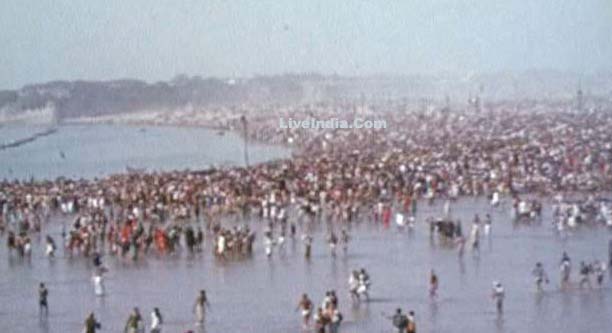
In 1765, the combined forces of the Nawab of Awadh and the Mughal emperor Shah Alam lost the war of Buxar to the British. Although, the British did not take over their states, they established a garrison at the Allahabad fort. Governor General Warren Hastings later took Allahabad from Shah Alam and gave it to Awadh alleging that he had placed himself in the power of the Marathas. |
|||
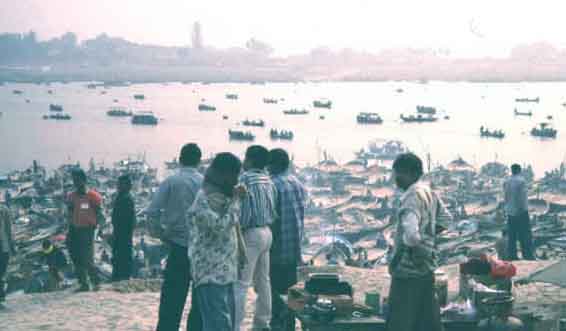
In 1801 the Nawab of Awadh ceded the city to the British East India Company. Gradually the other parts of Doaba and adjoining region in its west (including Delhi and Ajmer-Mewara regions) were won by the British. When these north western areas were made into a new Presidency called the "North Western Provinces of Agra", its capital was Agra. Allahabad remained an important part of this state. In 1834, Allahabad became the seat of the Government of the Agra Province and a High Court was established. But a year later both were relocated to Agra. In 1857, Allahabad was active in the Indian Mutiny. After the mutiny, the British truncated the Delhi region of the state, merging it with Punjab and transferred the capital of North west Provinces to Allahabad, which remained so for the next 20 years. In 1877 the two provinces of Agra (NWPA) and Awadh were merged to form a new state which was called the United Provinces. Allahabad was the capital of this new state till the 1920s. |
|||
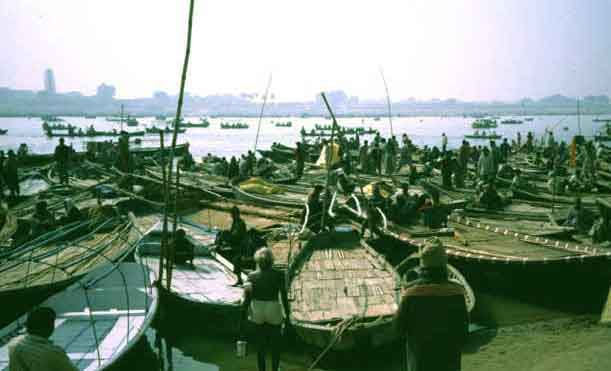
Allahabad City has a population of 1,050,000 as per the 2001 census with about 580,000 males and 470,000 females. It lists as the 32nd most populous city in India. Allahabad has an area of about 65 km² and is 98 m above sea level. Languages spoken in and around Allahabad include Hindi, English, Urdu, and some Bengali, and Punjabi. There is also a small population of Kashmiris in the city. The dialect of Hindi spoken in Allahabad is Awadhi, although khari boli is most commonly used in the city area. All major religions are practised in Allahabad. |
|||
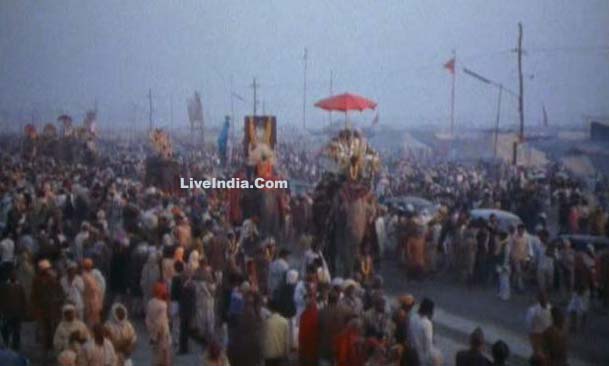
Allahabad experiences all four seasons. The summer season is from April to June with the maximum temperatures ranging between 40 to 45 °C. Monsoon begins in early July and lasts till September. The winter season falls in the months of December, January and February. Temperatures in the cold weather could drop to freezing with maximum at almost 12 to 14 °C. Allahabad also witnesses severe fog in January resulting in massive traffic and travel delays. It does not snow in Allahabad. Lowest temperature recorded ?2 °C; highest, 48 °C. |
|||
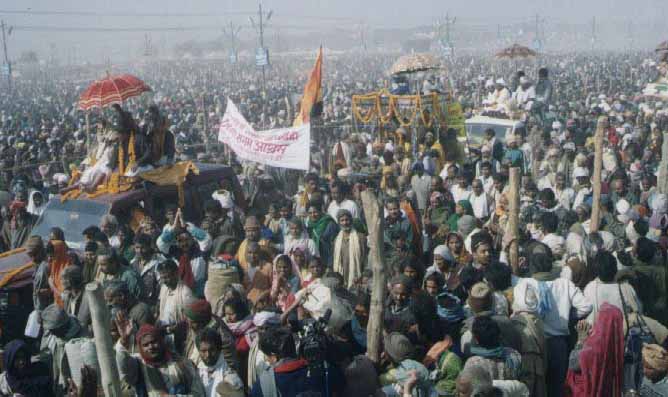
Kumbha and Magh Mela The word 'Mela' is fair in Hindi. Except in the years of the Kumbha Mela and the Ardha Kumbha Mela (Ardha is half in Hindi, hence the Ardha Kumbha Mela is held every 6th year), the Magh Mela takes place every year in the month of Magh (Jan - Feb) of the Hindu calendar. Kumbh Mela (the Urn Festival) occurs four times every twelve years and rotates between four locations: Prayag (Allahabad), Haridwar, Ujjain and Nashik. 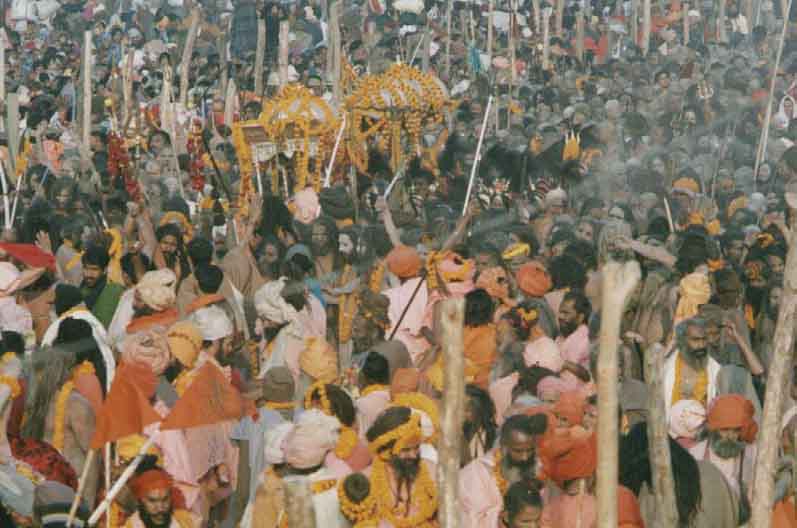
In Allahabad, these religious fairs take place at the Sangam (confluence) of the Yamuna and the Ganges River which is holy in Hinduism. In the Kumbha Mela of 2001, which was called the Maha (great) Kumbha Mela because of an alignment of the Sun, Moon, and Jupiter that occurred only every 144 years, almost 75 million people visited the banks of the river to take part in the festivals. During the Melas, an entire township is built on the river's banks, with functioning hospitals, fire stations, police stations, restaurants and other facilities |
|||
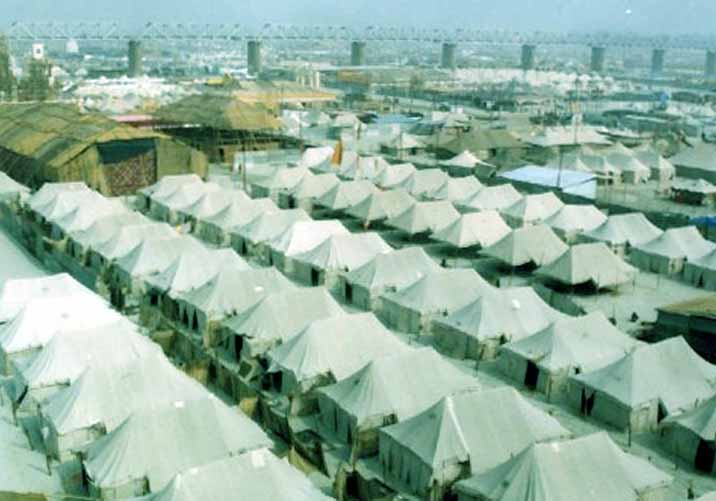
Air Allahabad is served by the Bamrauli airport (IXD) and is linked to Delhi and Kolkata by Air Sahara. Other airports in the vicinity are Varanasi (147 km) and Lucknow (210 km). Road
Tourist taxis, auto-rickshaws and tempos are available for local transport. There is also a local bus service that connects various parts of the city. But the most covenient method of local transport is the cycle rickshaw. Rates are not fixed and one needs to bargain. Train
|
|||
 |
|||
|
Perhaps there are very few places parallel to Allahabad whih is described
with great reverence in ancient scriptures as Prayag - Prayagraj or Teerthraj,
i.e. 'the holiest pilgrimage centre'. Then, with the added attraction of
Kumbh Mela, Hailed as the world's largest congregation of devotees, its
glory has doubled.
Kumbh Mela's history originate
from the beginning of the creation. Mythology has it that the Gods and
the Demons once churned the oceans in the search of the nectar Amrit of
immortality. As soon as the pitcher containing nectar was retrieved, a
struggle started between the two wrest control of the same. During this,
the picher of amrit was kept at four different places Prayag (Allahabad)
Haridwar, nasik and ujjain making them hallowed and sacred. since then,
when planets come in a perticular position, Kumbh Mela is celebrated at
these four places. when jupiter is in Taurus and Sun is in the Capricon
in the month of Magh, Kumbh Mela is held at Allahabad after every twelve
years. In this series Ardh kumbh Mela is also held in the 6th year after
Kumbh mela wheread Magh Mela (Mini Kumbh) is held annually on the banks
of the Sangam.
|
|||
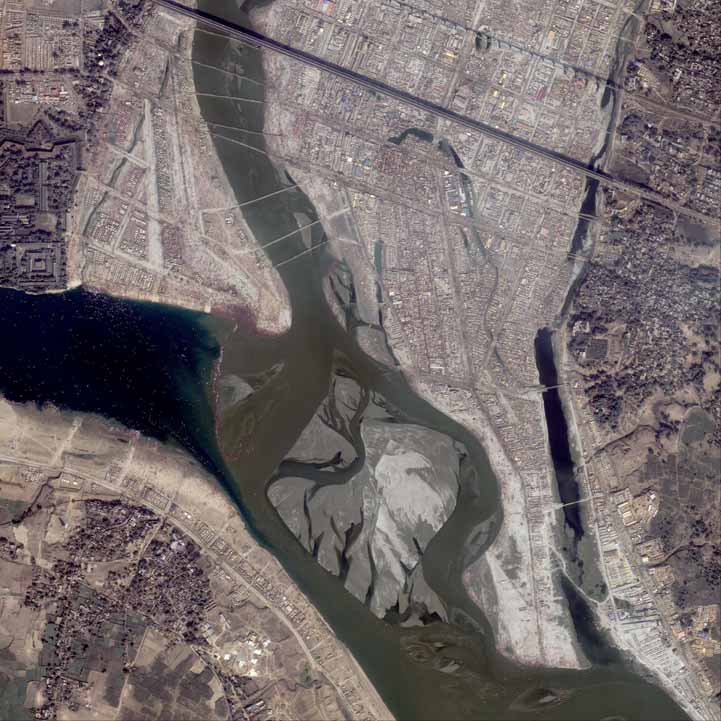
Image may be used for illustration and publishing purposes with the credit of "spaceimaging.com." |
|
|
|
|
|
|
|
|
|
|
|
|
|
|
|
|
|
|
|
|
|
|
|
|
|

 |
|
( The Trade Marks Act, 1999, No. 01403083. User Since : 01/04/1997 ) All rights reserved. No part of this publication and other sites of under liveindia.com may be transmitted or reproduced in any form or by any means without prior permission from the publisher Live India Internet Services or Mr.Rajesh Chopra, L.C.Premium Cables, 1826, Amar Nath 2nd Building, Bhagirath Palace Delhi - 110006, India. Liveindia.com or Mr.Rajesh Chopra is not responsible for any wrong information under live india's sites, For confirmation of any information it is recommended that you reconfirm it from your end. |
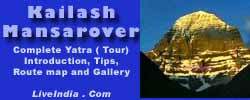 |
 |
 |
 |
 |
 |
 |
 |
 |
 |
 |